Tracing the exotica: Sasanian glassware in Inner Mongolia
From 2010 to 2014, a group of burials dated to the late fifth and early sixth centuries were excavated at Yihe-Nur, Inner Mongolia. This excavation yielded a number of exotic objects, including a sapphire blue glass bowl from Tomb 1 and a gilded necklet inlaid with pieces of glass from Tomb 3. Our compositional analysis using a non-invasive XRF analyzer shows that these glass objects are Sassanian plant-ash glass. This new discovery, together with the findings of the Sasanian plant-ash glassware from Datong (China) and Gyeongju (South Korea) provided crucial evidence to map out the spread of Sasanian glass along the Silk Road during the early medieval period.
In 2010, five burials dating to the Northern Wei period (386-534 CE) were discovered at Yihe-Nur, Zhengxiangbai Banner, Xilingol League, Inner Mongolia.1 Despite tomb robberies, the archaeological team managed to retrieve some magnificent burial goods, including a sapphire blue glass bowl and a gilded necklet inlaid with glass shards (fig.1) among other luxury items. In January 2017, we collaborated with the Xilingol Museum to conduct a compositional analysis of the excavated glass products using the non-invasive Thermal Scientific Niton XL3t GOLDD+XRF Analyzer. The three samples we analyzed were the sapphire blue glass bowl from M1 and two light blue glass shards on the necklet from M3. The test showed that the proportion of potassium oxide (K2O) ranges from 2.39-2.88% in the blue-glass bowl, and is about 2% in the light blue glass shards of the gilded necklet. According to the study by Robert H. Brill at the Corning Glass Museum, ancient glass that contains potassium oxide between 2% and 4% belongs to Sasanian plant-ash glass.2 The three samples we tested all fall into this category.
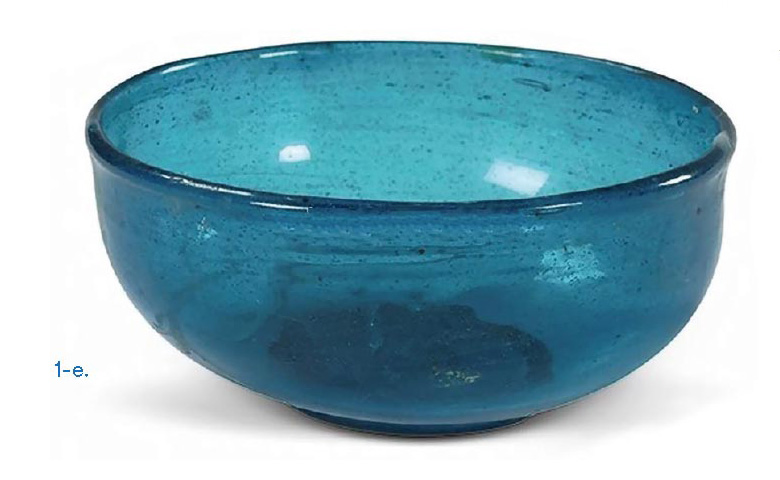
Fig.1-e: Glass bowl from the M1 Tomb
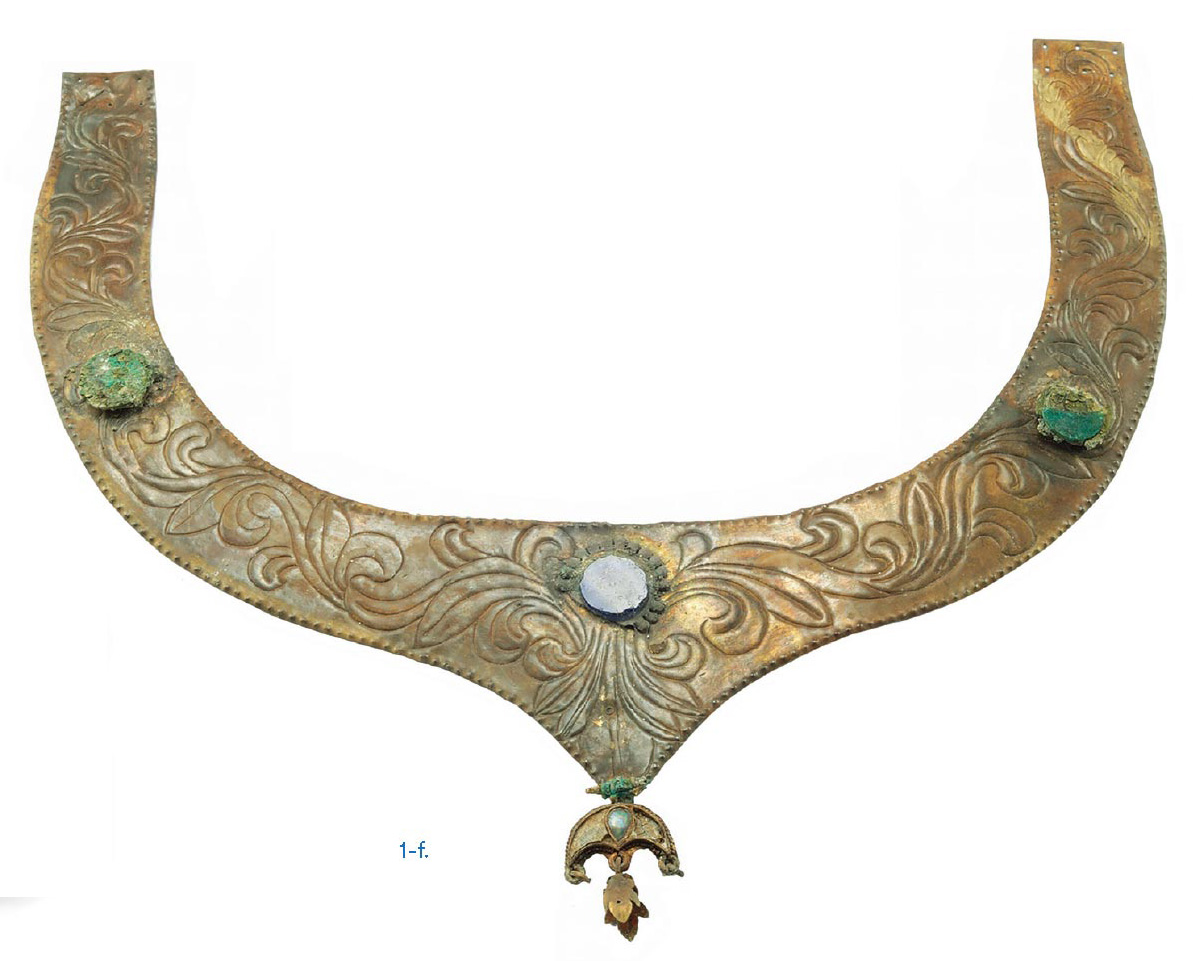
Fig.1-f: gilded necklet from the M3 Tomb, Yihe-Nur Cemetery, Zhengxiangbai Banner, Xilingol League, Inner Mongolia, China.
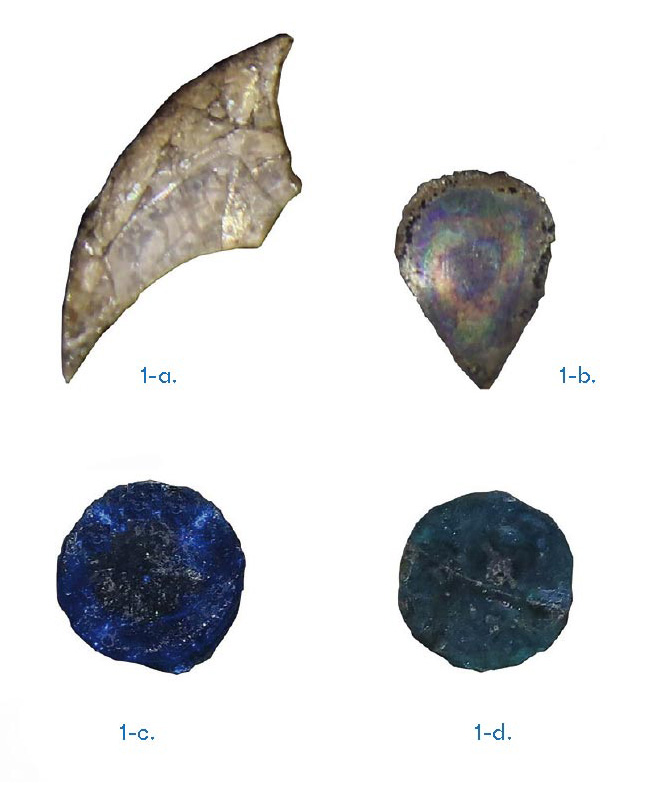
Fig.1-a,b,c,d: inlaid glass sherds from the M3 Tomb, Yihe-Nur Cemetery, Zhengxiangbai Banner, Xilingol League, Inner Mongolia, China.
Sasanian plant-ash glassware was also found in Pingcheng, the Northern Wei capital and modern-day city of Datong, Shanxi Province. The blue glass bottle with a bulbous cap (fig.2), excavated from Qilicun M20 Tomb, contains a proportion of 3.26% potassium oxide, suggesting it is Sasanian plant-ash glass.3
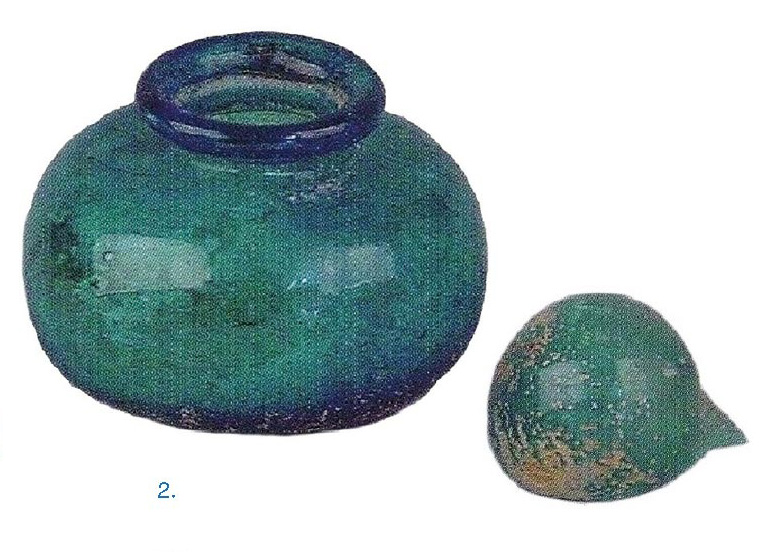
Fig.2: Glass bottle and its bulbous cap, Qilicun M20 Tomb, Datong, Shanxi, China.
In addition to archaeological findings from China, the Korean Peninsula unearthed Sasanian plant-ash glass as well. The glass bowl and ewer (fig.3) recovered from the fifth century Hwangnam Daechong Mausoleum located in the city of Gyeongju (Gyeongsangbuk-do, South Korea) have long been identified as either Roman glassware or local production due to stylistic features. But the recent compositional analysis by Korean scholars revealed that both the glass bowl and the ewer are Sasanian plant-ash glass, since they contain 3.9% K2O.4
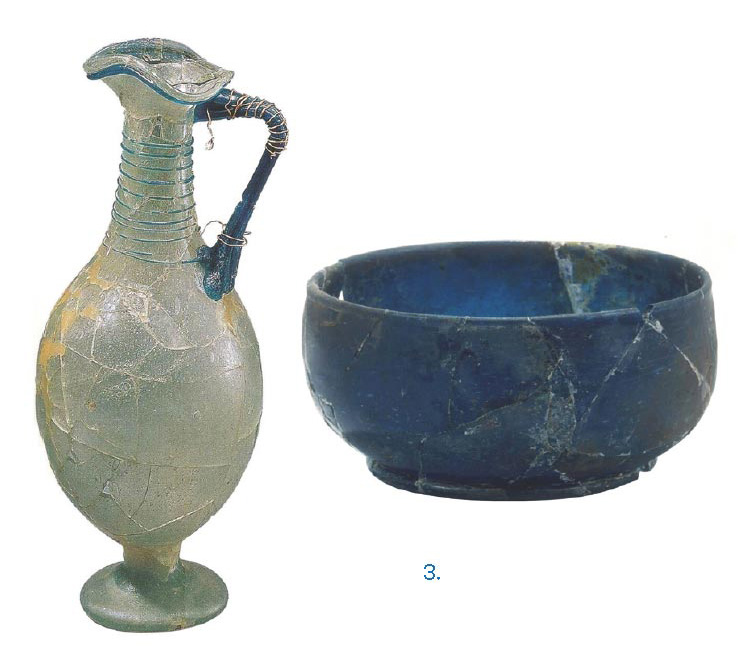
Fig.3: Glass ewer and glass bowl, Hwangnam Daechong Mausoleum, Gyeongju, Gyeongsangbuk-do, South Korea.
The discoveries of Sasanian plant-ash glass in Northern China and Korea is likely related to commercial and diplomatic exchanges during the Northern Wei Dynasty. Wei Shu, the dynastic history of the Northern Wei, mentions that merchants from Yuezhi brought glassware and the technique of making glass to Pingcheng. In the middle of the 5th century, the Goguryeo kingdom sent envoys to the Northern Wei court for the first time followed by more frequent tributary missions. It is possible that Sassanian glassware discovered in China and Korea was brought by Central Asian merchants to the Northern Wei court at Pingcheng and then transmitted to Inner Mongolia and the Korean peninsula.
Maliya AIHAITI is a PhD candidate at the School of Archaeology and Museology, Peking University, maliya_aihaiti@126.com